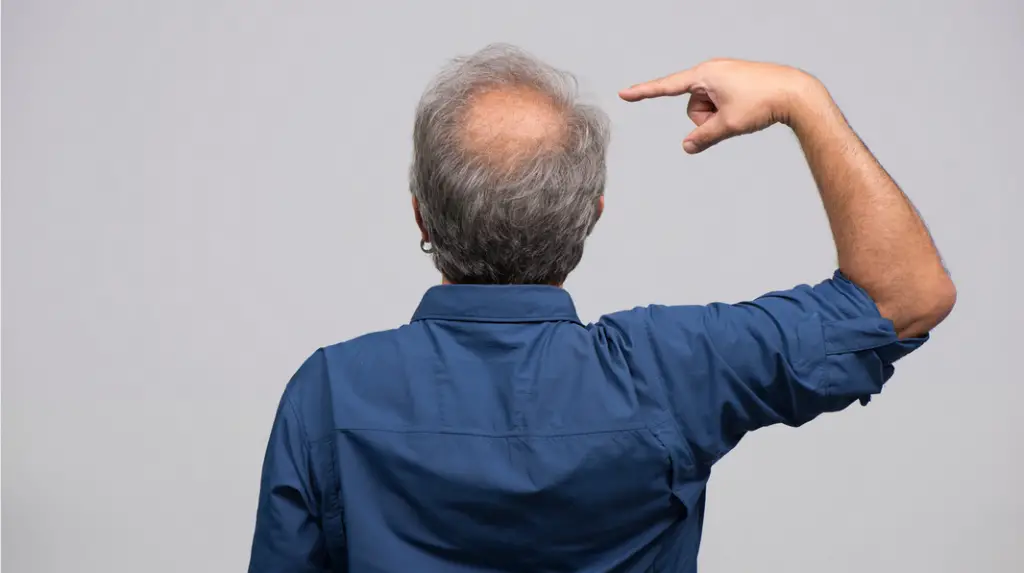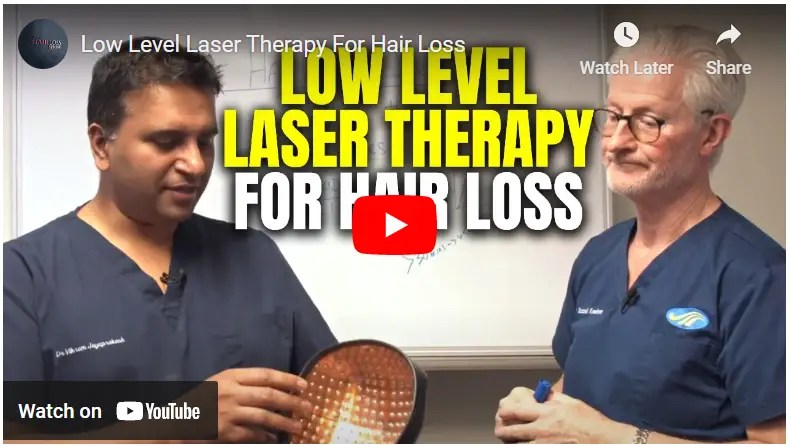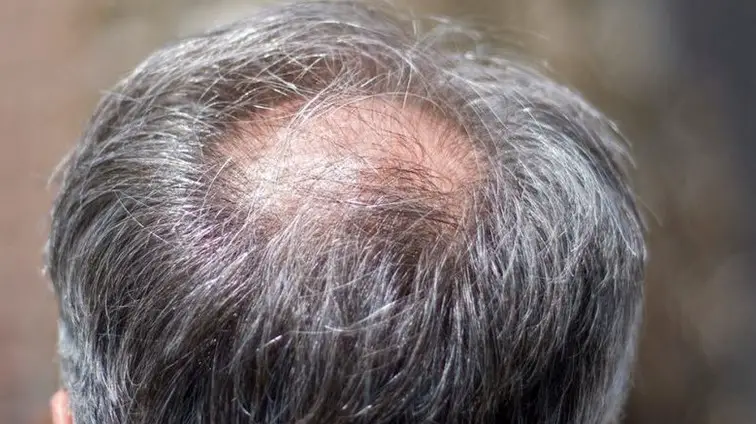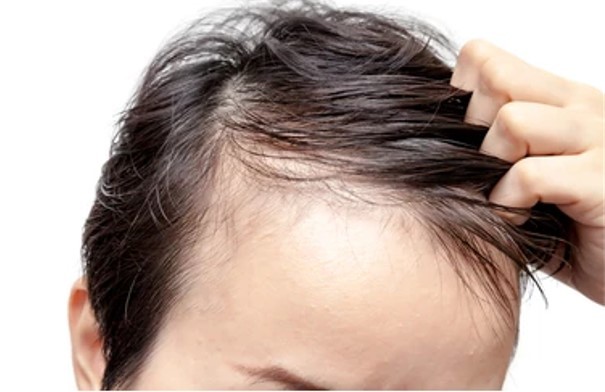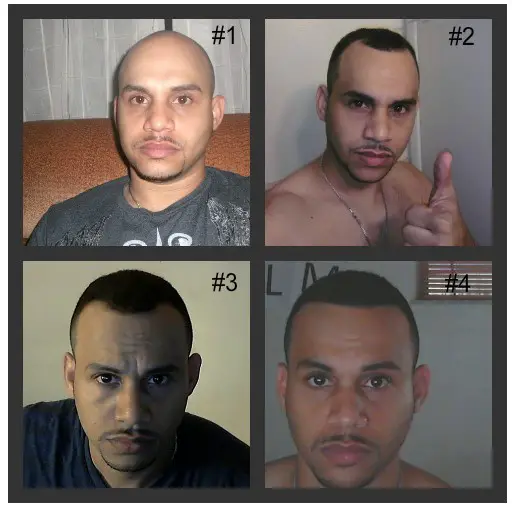So, is it possible to regrow hair on bald spots? Yes, how to get hair to grow back in bald spots also known clinically as treating alopecia areata, and are characterized by little bald areas on the scalp. Each of these dots is often the size of a quarter or even smaller.
Most individuals can have treatments to help with hair restoration on bald spots or to enhance hair growth in regions with thinning hair. However, choosing established hair growth procedures over untrustworthy and misleading treatment approaches is vital, which can frequently exacerbate the condition. This article we well outlines how to stimulate hair growth in a bald spot naturally.
What are the Causes of a Bald Spot?
Even though the most prevalent causes of bald spots are age-related, bald crown hair patches on the scalp can be caused by various other factors. These are some examples:
1. Hair products and styling
Certain haircuts might also cause bald patches. For example, pulling your hair back too firmly might cause a bald spot. Furthermore, many shampoos and other hair-care products might harm your hair’s health.
2. Androgenetic alopecia
This is the most prevalent cause of bald patches on your head and is a genetic hair loss disorder. This disorder, also known as male pattern baldness, is distinguished by receding hair on the top of the forehead, crown, and towards the temples.
3. Alopecia areata
It’s an autoimmune disorder in which your immune system mistakenly assaults your hair follicles. As a result, hair falls out in little places on the head. This illness can also cause hair loss from eyelashes, brows, and other body parts in some circumstances.
4. Hormonal imbalances
Hair loss and bald patches can also be caused by hormonal abnormalities. Women with PCOS, for example, may have hair loss.
5. Stress
High-stress levels are another important cause of bald spots on your head. To avoid bald patches on your head, make sure your stress levels are appropriately regulated.
6. Cancer treatment
Hair loss is a common side effect of cancer therapies such as chemotherapy and radiation therapy. However, once the therapy is completed, hair should regenerate within a month or two.
Natural Treatments for Hair Loss
Most natural hair loss remedies aim to improve blood circulation in the scalp or the health of hair follicles. Here are some natural items you may use to aid with hair development.
1. Mielle Rosemary oil
It contains anti-inflammatory effects that aid in circulation. You may either use a natural shampoo that contains rosemary oil or apply a tiny amount of Mielle rosemary oil for hair growth to your bald spot.
2. Peppermint oil
This oil is an excellent topical therapy for promoting hair growth. You may also use shampoo infused with peppermint oil.
3. Aloe Vera gel
Aloe Vera has anti-inflammatory characteristics as well as minerals, enzymes, and other healthful components that aid in hair growth and scalp protection.
4. Scalp Massage
A strong scalp massage is also one of the most straightforward techniques to enhance blood circulation in the scalp. It will also expand the hair follicle cells, resulting in thicker hair growth.
Over-the-Counter Bald Spot Treatments
Many over-the-counter treatments promise to reduce hair loss. Here are a few examples:
1. Minoxidil
It comes in foam, liquid, and shampoo forms. However, it can occasionally induce negative effects such as skin inflammation. Also, if minoxidil for shedding effectively restores your hair growth, you will need to use it continuously to maintain the effects.
2. Collagen-based products
Collagen is a protein involved with hair development that has been shown to help prevent hair loss caused by androgenetic alopecia.
3. Vitamin supplements
Vitamins and minerals such as vitamin A, vitamin C, vitamin D, vitamin E, and B-vitamins such as biotin, which is an essential component of numerous hair development therapies, and iron and zinc are also linked to hair growth. After visiting your doctor, you might consider taking supplements containing these vitamins and minerals.
Medical Treatment for Bald Spots
Finasteride, corticosteroids, anthralin, and methotrexate are the most commonly prescribed drugs for hair loss. However, you should only take these drugs after discussing them with your doctor. You can try Finasteride natural alternatives.
Surgical Treatment for Hair Loss
It should be noted that surgery should only be considered after all other treatments have failed to produce the intended outcomes. There are primarily two ways to hair transplantation:
In this approach, your doctor removes a skin strip as well as hair follicles from a donor location. Follicles are then extracted from the skin and put into bald spots.
FUE hair transplant: For Hair Replacement, your doctor harvests individual hair follicles from the donor site and transplants them into tiny incisions on your scalp’s.
Coping with Hair Loss
A bald area on your head can be a bother, especially if you are in your twenties or thirties. The first thing you should do to cope with your circumstance is to accept it early on and, if desired, take steps to remedy it. Another alternative is to collaborate with your stylist to achieve the greatest possible hairstyle. To cope emotionally with your hair loss, tell your family and loved ones about it. They can help you deal with the issue constructively and give you the emotional support you require.
Seek medical attention and consult with a reputable hair transplant doctor about choices such as medication, hair restoration therapies, and hair transplant surgery. Furthermore, a good diet, frequent exercise, and a healthy lifestyle all contribute to the health of your hair.
- AI Powered Bald Filter Online 2024: See Yourself with No Hair! - January 19, 2024
- Harklinikken Bad Reviews 2024: Analyzing Negative Feedbacks - January 18, 2024
- How to Get the Alex Eubank Hair | Step-By-Step Tutorial 2024 - January 18, 2024
